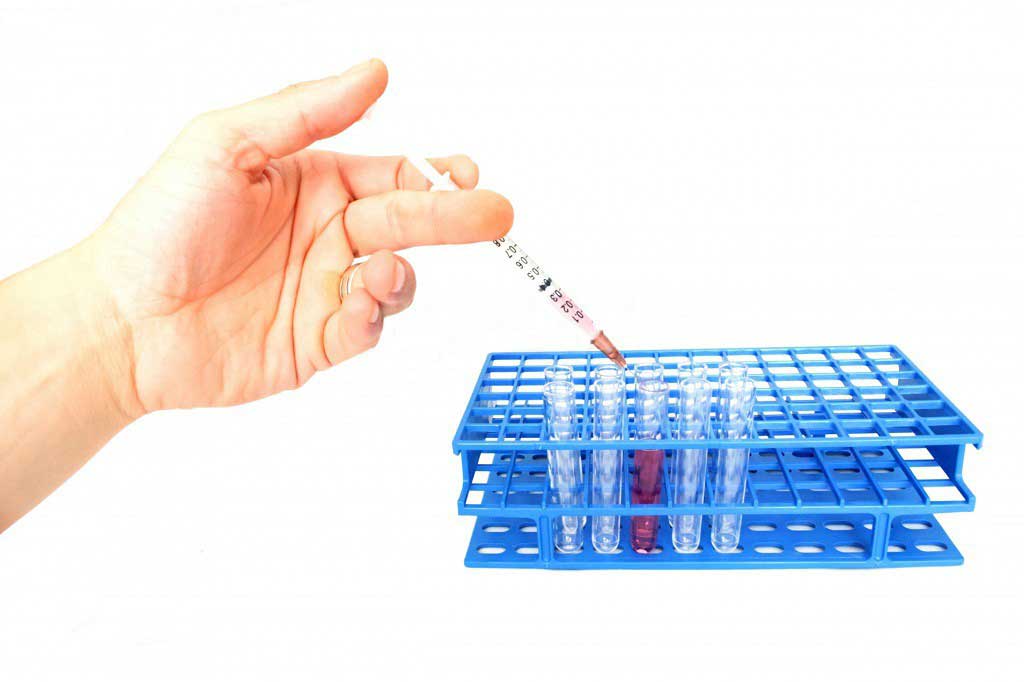Leukaemia, acute myeloid
Introduction
Leukaemia is cancer of the white blood cells. Acute leukaemia means it progresses rapidly and aggressively, and usually requires immediate treatment.
Acute leukaemia is classified according to the type of white blood cells affected. The two main types of white blood cells are:
- lymphocytes mostly used to fight viral infections
- myeloid cells which perform a number of different functions, such as fighting bacterial infections, defendingthe body against parasites and preventing the spread of tissue damage
This topic focuses on acute myeloid leukaemia (AML), which is an aggressivecancer of the myeloid cells. The following types of leukaemia are covered separately:
- Leukaemia, acute lymphoblastic
- chronic myeloid leukaemia
- chronic lymphocytic leukaemia
Signs and symptoms of AML
The symptoms of AML usually develop over a few weeks and become increasingly more severe. Symptoms can include:
- pale skin
- tiredness
- breathlessness
- frequent infections
- unusual and frequent bleeding, such as bleeding gums or nosebleeds
In more advanced cases, AML can make you extremely vulnerable to life-threatening infections or serious internal bleeding.
Although it's highly unlikely that leukaemia is the cause,these symptoms should be investigated.
If your GP thinks you may have leukaemia, they'll arrange blood tests to check your blood cell production. If the tests suggest there's a problem, you'll be urgently referred to a haematologist (a specialist in treating blood conditions) for further tests and any necessary treatment.
These immature cells are known as blast cells.
Blast cells don't have the infection-fighting properties of healthy white blood cells, and producing too many canlead to adecrease in the number of red blood cells (which carry oxygen in the blood) and platelets (cells that help the blood to clot).
It's not clear exactly why this happens and, in most cases, there's no identifiable cause. However,a number of factors that can increase your risk of developing AML have been identified. These include:
- previous chemotherapy or radiotherapy
- exposure to very high levels of radiation (including previous radiotherapytreatment)
- exposure to benzene a chemical used in manufacturing that's also found in cigarette smoke
- having an underlying blood disorder or genetic disorder, such as Down's syndrome
It'smost common in people over 65.
How AML is treated
AML is an aggressive type of cancer that can develop rapidly, so treatment usually needs to begin soon after a diagnosis is confirmed.
Chemotherapy is the main treatment for AML. It's used to kill as many leukaemia cells in your body as possible and reduce the risk of the condition coming back (relapsing).
In some cases, intensive chemotherapy and radiotherapy may be needed, in combination with a bone marrow or stem cell transplant , to achieve a cure.
Some types of AMLare more challenging to treat than others.
Even if treatment is initially successful, there's still a significant risk that the condition will return at some point during the next few years. If this happens, treatment may need to be repeated.
A number of medical trials have suggested that almost half of those aged under 60 diagnosed with AML will live for at least five years, and in some types of AML, such as acute promyeloid leukaemia (APML), around 85% will live for at least five years.
In general, the outlook for children with AML tends to be better than that of adults diagnosed with the condition.
Introduction
Read about acute myeloid leukaemia (AML) - an aggressive cancer of the myeloid cells. Information about signs and symptoms, causes, diagnosis and treatment.
Symptoms of acute myeloid leukaemia
Read about the symptoms of acute myeloid leukaemia (AML), which include pale skin, tiredness, breathlessness, fever, sweating, weight loss and frequent infections.
Causes of acute myeloid leukaemia
Read about what causes acute myeloid leukaemia (AML), plus risk factors, such as previous cancer treatment, smoking, and having certain blood or genetic disorders.
Diagnosing acute myeloid leukaemia
Read about how acute myeloid leukaemia (AML) is diagnosed using blood tests, a bone marrow biopsy and other specialised tests.
Treating acute myeloid leukaemia
Find out how acute myeloid leukaemia (AML) is treated using a combination of radiotherapy, chemotherapy and, in some cases, a bone marrow transplant.
Complications of acute myeloid leukaemia
Read about the possible complications of acute myeloid leukaemia (AML), including a weakened immune system, haemorrhage (bleeding) and infertility.







 Subscribe
Subscribe Ask the doctor
Ask the doctor Rate this article
Rate this article Find products
Find products